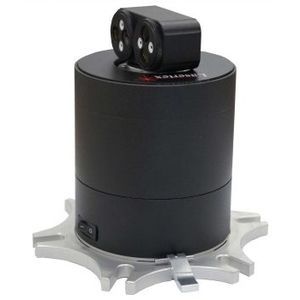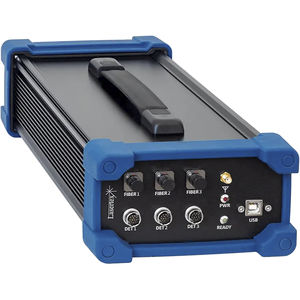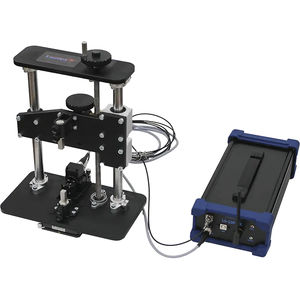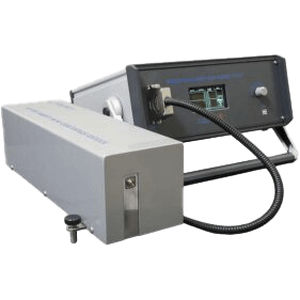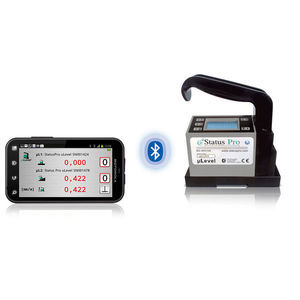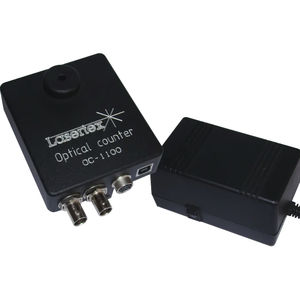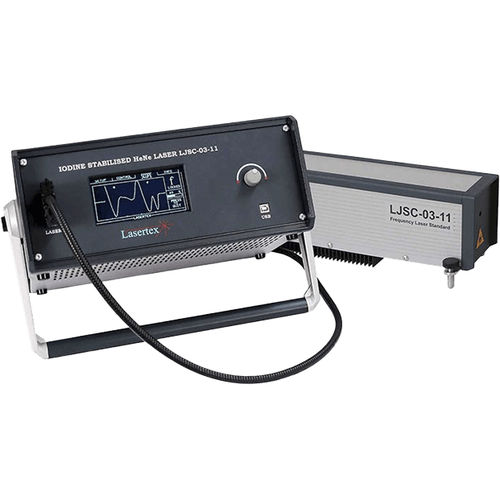
- Metrology - Laboratory
- Metrology and Test Equipment
- Frequency measuring instrument
- Lasertex sp. z o.o.
- Products
- Catalogs
- News & Trends
- Exhibitions
Frequency measuring instrument LJSC-03-11laserlaboratorybenchtop

Add to favorites
Compare this product
Characteristics
- Measured value
- frequency
- Technology
- laser
- Applications
- laboratory
- Configuration
- benchtop
- Other characteristics
- automatic, graphic display
Description
Frequency Laser Standard is an automatic laboratory laser frequency reference or a laser etalon designed to compare and calibrate He-Ne (632,8nm wavelength) lasers. High stability of the laser is achieved with help of reference frequencies based on the transition of atomic iodine isotope vapour. This unique laboratory device with automatic absorption peaks detection is able to output results to a build-in VFD graphic display. Rack mount version is also available.
• Fully compliance with the International Committee of Weights and Measures CIPM 97 “Mise en pratique” recommendations for metrology realisation
• Frequency repeatability: 2.5 x 10 -11
• Frequency stability: 2.5 x 10 -12
• Compact construction
• Automatic tune/lock-in at 12 different iodine hyperfine components
• Primary laser reference standards for realization of the meter
• Calibration reference for stabilized lasers
There are for several reasons, particularly valid ones in the context of scientific research, precision measurements or laser equipment calibration. A laser standard serves as a precise reference for testing and calibrating laser instruments in a lab. This ensures that measurements and experiments conducted using these devices are accurate, reliable and consistent. Our laser standard has a highly stable and accurate wave-length with frequency stability up to 2.5 x 10-12, which is crucial for conducting experiments and measurements. It provides a stable reference for comparing other laser sources to.
Related Searches
- Measuring device
- Measuring machine
- Digital measuring device
- Optical measuring machine
- Measuring system for industrial applications
- Automatic measuring device
- Benchtop measuring device
- Compact measuring device
- Laboratory measuring device
- Extensometer
- Laser measurement system
- Control measuring machine
- Compact measuring machine
- CNC measuring machine
- Geometry measuring machine
- Laboratory measuring machine
- Control measuring device
- Calibration measuring device
- Calibration measuring machine
- Real-time measuring machine
*Prices are pre-tax. They exclude delivery charges and customs duties and do not include additional charges for installation or activation options. Prices are indicative only and may vary by country, with changes to the cost of raw materials and exchange rates.



